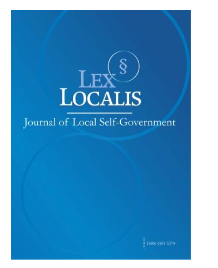MARKET MICROSTRUCTURE OF GOLD ETFS IN INDIA
DOI:
https://doi.org/10.52152/vzdqwj47Keywords:
Market Microstructure, Commodities, Gold ETFAbstract
Gold Exchange-Traded Funds (ETFs) have become a popular choice for the Indian investor. Gold ETFs are a convenient way to invest in gold without needing to own physical gold. This study attempts to investigate the market microstructure of Indian Gold ETFs regarding tracking efficiency, price discovery, and return dynamics. Using daily time-series data for 12 ETFs from inception until March 2021, it investigates tracking error through the absolute difference model, the standard deviation model, and the standard error model. According to the results, Gold ETF prices closely mirror physical gold prices except when the market becomes very jittery. Deviation is noticed in cases of smaller funds or those that are relatively new, which often have a higher expense ratio. Recent market trends reinforce their growing relevance: as of June 2025, Gold ETF holdings reached 66.68 tonnes, Assets Under Management surged 88% year-on-year to ₹64,777 crore, and investor folios increased 41% to 76.54 lakh (Ventura, 2025). Inflows spiked almost tenfold in June 2025 amid global price volatility (World Gold Council, 2025). The research also revealed the association of tracking error with volatility (VIX), fund features, trading volume, and a significant monthly effect in ETF returns. The insights hold considerable significance for investors, asset managers, and regulators in improving the efficiency, transparency, and risk management of the gold investment sector in India.
Downloads
Published
Issue
Section
License
Copyright (c) 2025 Lex localis - Journal of Local Self-Government

This work is licensed under a Creative Commons Attribution-NonCommercial-NoDerivatives 4.0 International License.







